-
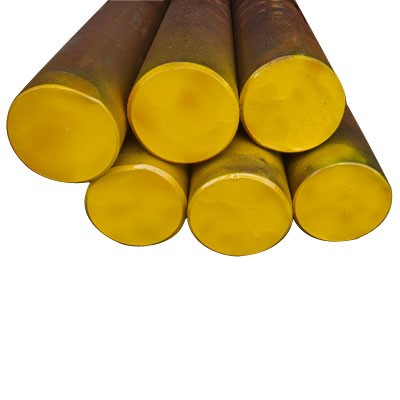
Medium Carbon Steel
Medium carbon steel has a certain degree of plasticity, toughness, strength, and good machinability after quenching as well as cutting performance but has poor welding performance. Strength and hardness higher than low carbon steel, plasticity and toughness lower than low carbon steel. Hot-rolled and cold-drawn materials can be used without heat treatment, and they can also be used after heat treatment. The medium carbon steel has good comprehensive mechanical properties after quenched and tempered, so medium carbon steel is most widely used in various uses of medium strength level, in addition to being used as a building material, it is also widely used for manufacturing various mechanical parts. Such as air compressors, pistons of pumps, impellers of steam turbines, shafts of heavy machinery, worm gears, gears and parts with wear-resistant surfaces, such as: crankshafts, machine tool spindles, rollers, fitter tools, etc.
-

Low Carbon Steel
Low carbon steel is a carbon content of less than 0.25%. It is also called mild steel due to its low strength, low hardness and softness. It is the most common form of steel on the market, and its material properties are acceptable for many applications. Mild carbon steel contains about 0.05-0.25%, which makes it ductile and has relatively low tensile strength and is easy to form. Some carburized and other heat treatments can be used for mechanical parts requiring wear resistance. Low carbon steel has the characteristics of short tempering time, softness, stamping resistance and ductility. It easily accepts for various processing such as forging welding and cutting. It is commonly used in the manufacturer of steel bar, stamping parts, chains, rivets, bolts, wire, etc.
-
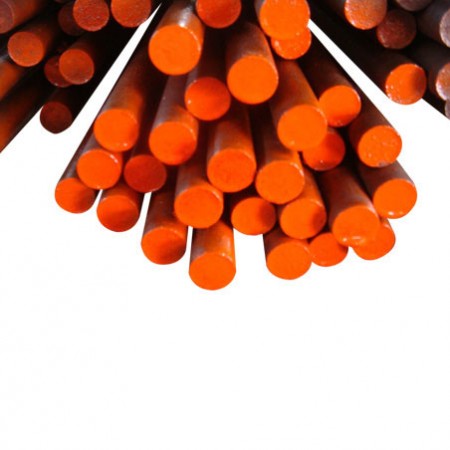
High Carbon Steel
High carbon steels which are tempered with long time can be hardened and tempered and have good properties of hardness, strength and wear resistance. High carbon steels are commonly used for the manufacture of the general bearings, cutting tools, rails, steel frame mode, steel doors and so on.
-
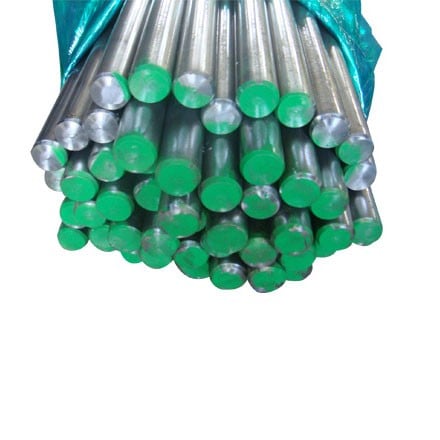
Free Cutting Steel
Free machining steel is steel that forms small chips when machined. This increases the machinability of the material by breaking the chips into small pieces, thus avoiding entanglement in the machinery. This enables automatic equipment to run without human interaction. Free machining steel with lead also allow for higher machining rates. Free machining steel costs 15 to 20% more than a standard steel, but this is made up by increased machining speeds, larger cuts, and longer tool life.
-

Special Shaped Steel
In order to meet the demands of different markets and different applications, Ju Feng (JFS) offers customers a wide variety of custom special shaped steel bars, such as cold drawn round steel bar, hexagonal steel bar, square steel bar, flat steel bar, other irregular shaped steel bar, etc.
-
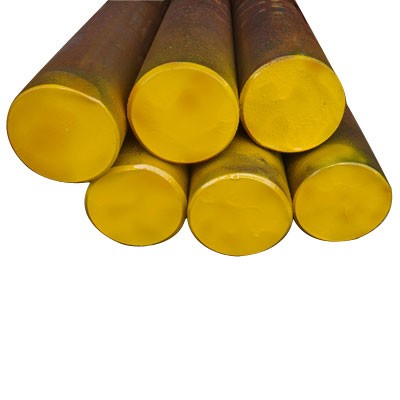
S45C
Medium Carbon Steel
Applications requiring strength and impact resistance of the component, because of its high carbon content, therefore, have a higher tensile strength, ductility and wear resistance, but is not suitable for welding or forming. This steel grade can be supplied in many standard shapes, including round, square, hexagonal, and plate. It generally applicative used in nuts and bolts, axles, rollers, springs, wires, wheel frames, rods, engine parts, stamping dies, hammers, lock washers/lock pin gaskets, turbine rotors, railway tracks, cylinder sleeves, hand tools, screws, railway wheels, gears, garden shears, etc.
-
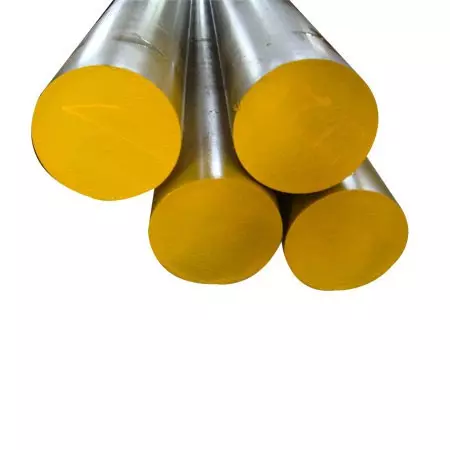
S45CBD
Medium Carbon Steel
The surface is smooth after cold drawing, and the main difference with S45C is that the surface can reach rough turning of grade. The post-process can be directly used for milling or grinding, which greatly reduces the processing time. Its characteristics and application are the same as S45C. . Applications requiring strength and impact resistance of the component, because of its high carbon content, therefore, have a higher tensile strength, ductility and wear resistance, but is not suitable for welding or forming. This steel grade can be supplied in many standard shapes, including round, square, hexagonal, and plate. It generally applicative used in nuts and bolts, axles, rollers, springs, wires, wheel frames, rods, engine parts, stamping dies, hammers, lock washers/lock pin gaskets, turbine rotors, railway tracks, cylinder sleeves, hand tools, screws, railway wheels, gears, garden shears, etc.
-
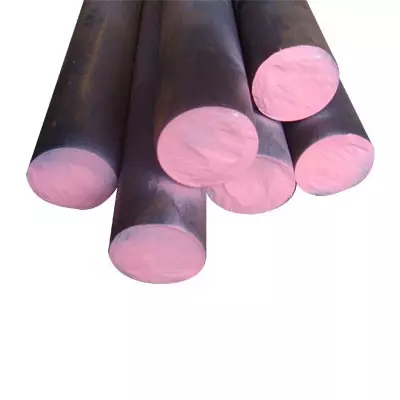
S15C
Low Carbon Steel
S15C has low mechanical strength, good plasticity and toughness, easy molding under cold conditions, good workability under forging or standardization conditions, it is also easy cutting and good welding performance. Carburizing and cyanidation can be carried out to increase the surface hardness. Application in the manufacture of low-strength welded parts, cold stampings, forgings and carburized parts such as bolts, washers, partitions, clutch parts, bearing parts, safety buckles, etc.
-
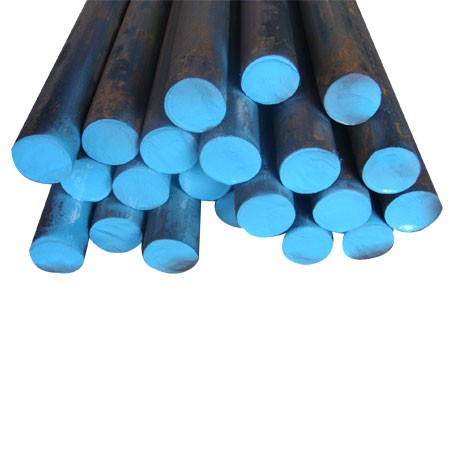
SS400
Low Carbon Steel
SS400 according to material grade and name defined in the JIS G 3101 standard, The first S stands for "Steel", the second S stands for "Structure", and 400 for the lower limit tensile strength of 400 MPa. Ordinary structural steel with a tensile strength of 400 Mpa.This steel is the most widely used in JIS standard. Its use covers structures such as bridges, ships, vehicles, etc., in the shape of steel plates, steel bars and sections, almost all auxiliary materials for machinery and structures are used. SS400 is also soft in hardness due to its low carbon content. It is not recommended for use on main components with high strength, wear resistance or hardness. However, it has excellent weldability and machinability. It is often used for welding structural parts, nuts, small parts, parts for auto & motor industry, etc.
-
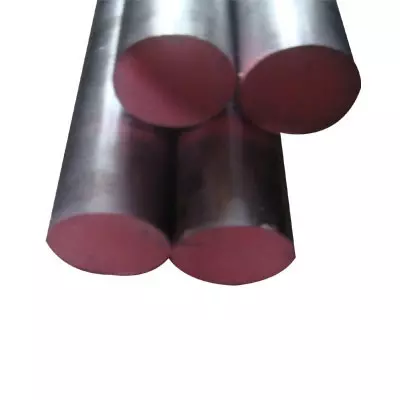
S15CBD
Low Carbon Steel
The surface is bright and smooth after cold drawing. The main difference with S15C is that the surface can be roughed without turning. That can be directly used for milling or grinding, which greatly reduces the processing time. its characteristics and application are same as S15C. Low mechanical strength, good plasticity and toughness, easy molding under cold conditions, good workability under forging or standardization conditions, it is also easy cutting and good welding performance. Carburizing and cyanidation can be carried out to increase the surface hardness. Application in the manufacture of low-strength welded parts, cold stampings, forgings and carburized parts such as bolts, washers, partitions, clutch parts, bearing parts, safety buckles, etc.
-
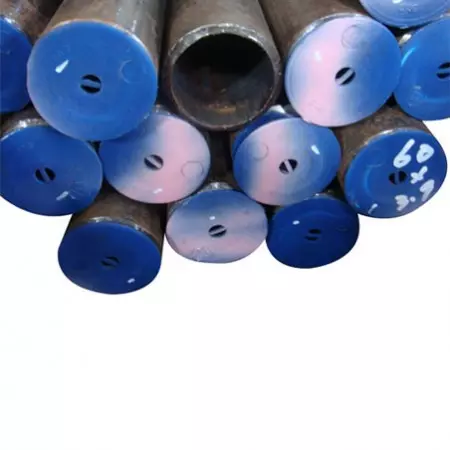
A106
Steel Tube
Equivalent Grades: STM A106, ASME SA106 pipe. A106 is a kind of carbon steel pipe of USA standard. It can transport various fluids and gases under the high pressure and high temperature, and is often used for steam, petrochemical products, natural gas and other industrial piping systems. A106 can be widely used in petroleum, chemical, boilers, power plant, ships, machinery manufacturing, automotive, aviation, aerospace, energy, construction and military industries.
-

SK2
High Carbon Steel
Equivalent Grades: GB T12, JIS G4401, SK2, ASTM W1A-11 1/2, W1C-11 1/2, DIN C125W2. SK2 is a kind of die steel for cold stamping with the good properties of high hardness, wear resistance, toughness, and machining. It is mainly used for turning cutters, milling cutters, drilling cutters, reamers, scrapers, gauge, cold trimming die with small section size, punching die, metal blade, and other tools.
-
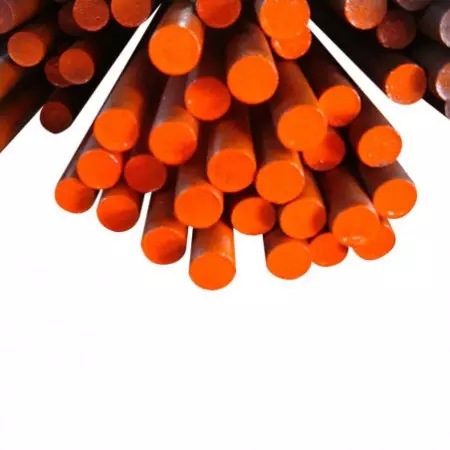
SUJ2
High Carbon Steel
Equivalent Grades: GB GCr15, JIS SUJ2, AISI 52100, DIN 100Cr6 (1.3505). SUJ2 has the great properties of bearings, such as wear resistance, toughness, hardness. Its workability and anti-fatigue strength are excellent as well. SUJ2 is widely used for the manufacture of plastic molds, ball bearings, steel ball, ball, bushings, shafts, guide rods, guide pins and other mechanical parts.
-

SKD11
Tool Steel
Equivalent Grades: GB Cr12MoV, JIS SKD11, AISI/SAE D3, DIN 2X165CrMoV12. SKD11 is the tool steel, die steel, and high carbon steel possessing high hardness, strength and wear resistance. Its surface is grinded precisely. It is often used for the stamping dies, plastic molds, and so on.
-
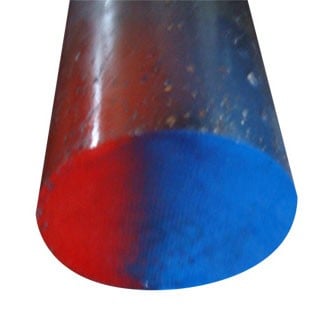
SKD61
Tool Steel
Equivalent Grades: GB 4Cr5MoSiV1, JIS SKD61, ASTM H13, DIN X40CrMoV5-1. SKD61 is the tool steel, mold steel, and middle carbon steel possessing high hardness and wear resistance after heat treatment. It also has the good performance of hardenability and thermal fatigue stability. SKD61 not only supports huge mechanical stress, but also thermal stress during working repeatedly. It is widely used to produce the cutting tools (drilling cutter, circular cutter, scissor, etc.), cold/heat work dies and measuring implements and further to manufacture the pistons, valves, valve seats of fuel pump of diesel engine, and ejector sleeves, punching machine, and other tools which work in high temperature condition.
-
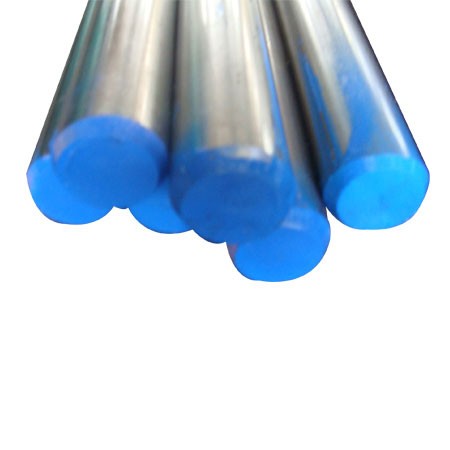
1144
Free Cutting Steel
Equivalent Grades: GB 4Cr5MoSiV1, JIS SKD61, ASTM H13, DIN X40CrMoV5-1. 1144 free cutting steels are utilized primarily to manufacture the parts which have the requirements of high precision in size, high finish in surface, but low mechanical property, such as gears, shafts, bolts, valves, bushings, pins, fittings, spring seat and machine screw, plastic mold, surgical and dental procedures utensils, certain automobile parts, instruments, etc.
-
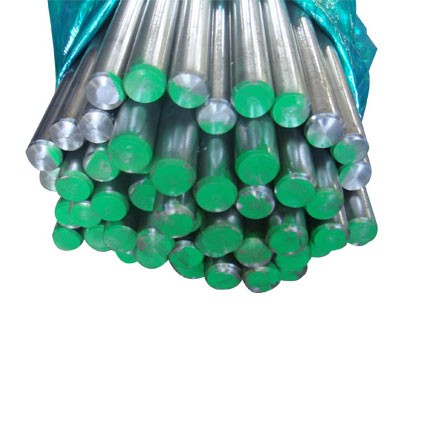
12L14
Free Cutting Steel
Equivalent Grades: CNS SUM24L, JISSUM24L, ASTM 12L14, DIN 9SMnPb36. 12L14 free cutting steels are utilized primarily to manufacture the parts which have the requirements of high precision in size, high finish in surface, but low mechanical property, such as gears, shafts, bolts, valves, bushings, pins, fittings, spring seat and machine screw, plastic mold, surgical and dental procedures utensils, certain automobile parts, instruments, etc.
